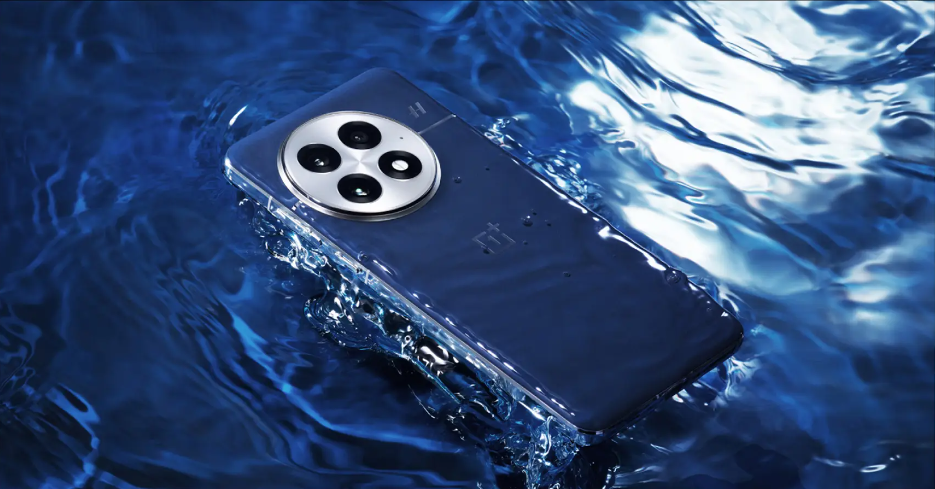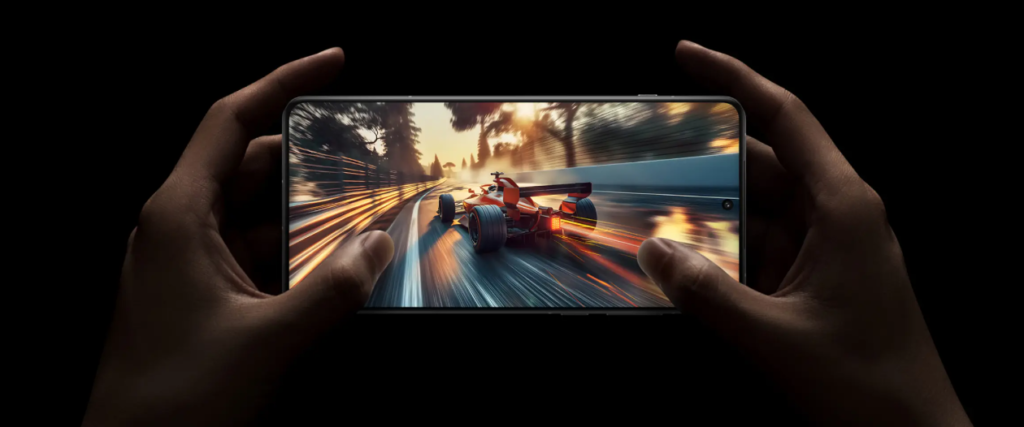
The OnePlus 13 smartphone has been unveiled with a blend of cutting-edge technology and elegant design. It is powered by the Qualcomm Snapdragon 8 Gen 2 processor, complemented by the second-generation TianGong cooling system Pro, ensuring robust performance and stable operation. In terms of battery life, the 6000mAh Glacier Battery, paired with 100W wired fast charging and 50W wireless fast charging, meets all-day usage needs.
Aesthetically, the OnePlus 13 offers three color options: Silk Glass (White Dew Dawn), BabySkin soft-touch leather (Blue Moment), and Ebony Wood Grain Glass (Obsidian Realm). The glass version measures 8.5mm in thickness and weighs 213g, while the leather version is 8.8mm thick and weighs 210g, both supporting IP68/69 dust and water resistance ratings.

For the display, the OnePlus 13 debuts the second-generation 2K Oriental Screen, featuring a 6.82-inch BOE X2 customized equal-depth four-micro-curve straight screen, supporting 120Hz 8T LTPO display and the Android-exclusive “Sunlight Display” technology. Additionally, it is equipped with Crystal Shield Ceramic Glass, significantly enhancing drop and impact resistance.
The camera system is equally impressive. The OnePlus 13 boasts the Hasselblad Ultra-Photographic flagship triple camera setup, including a 50MP ultra-flagship main camera, a 50MP periscope telephoto lens, and a 50MP ultra-wide-angle lens, accompanied by a high-precision 13-channel multispectral sensor and the same “Shadowless Capture” technology as the Find X8 series.
Furthermore, the OnePlus 13 supports Super Signal Engineering 2.0, 400-meter ultra-long-distance agile Bluetooth, and a 360° surround antenna. It also comes with features such as multi-functional infrared remote control, full-area NFC, USB 3.2 Gen1, and more. Alongside the OPPO Find X8, it debuts ColorOS 15, enabling one-tap data transfer with iPhones. The OnePlus 13, with its ultimate experience, defines a new flagship standard.

What are ESD components, and what is their importance in mobile phones? The significance of built-in ESD components.
ESD components are specialized electronic components designed to protect electronic devices from the effects of electrostatic discharge (ESD). Electrostatic discharge is a sudden release of electrical charge that can potentially damage electronic devices, leading to device malfunctions or a shortened lifespan. ESD components are designed to absorb, conduct, or dissipate electrostatic discharges to prevent damage caused by static electricity.
In mobile phones, the primary role of ESD components is to protect the internal electronic components from the harm caused by electrostatic discharge. Various circuits and components inside the phone are highly sensitive to ESD, which is why multiple ESD components are typically used in the phone’s design to provide protection. These components may include diodes, ESD diode, MOSFET and more.
Specifically, ESD components in a mobile phone may serve the following purposes:
Interface Protection: Various interfaces of the phone, such as the charging port and headphone jack, may require ESD components to prevent damage from electrostatic discharge.
RF Circuit Protection: RF circuits in mobile phones are highly sensitive to ESD and require ESD components to safeguard these critical circuits.
Processor and Memory Protection: Processors, memory, and other crucial components in the phone also require ESD protection to ensure the device’s normal operation.
Touchscreen and Display Protection: The touchscreen and display are integral parts of a mobile phone that also require ESD components to prevent static electricity damage.
In summary, ESD components play a crucial role in protecting the internal electronic components of a mobile phone from damage caused by electrostatic discharge, ensuring the phone’s proper operation and longevity.